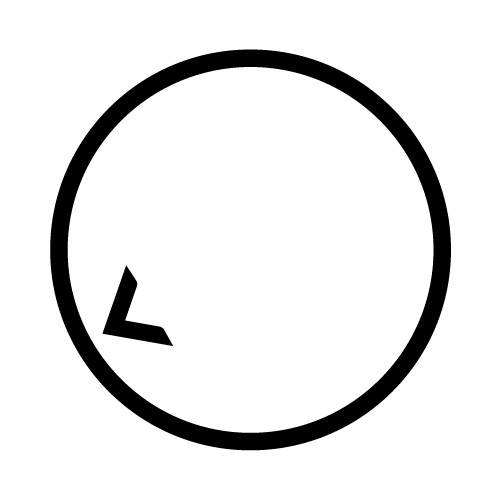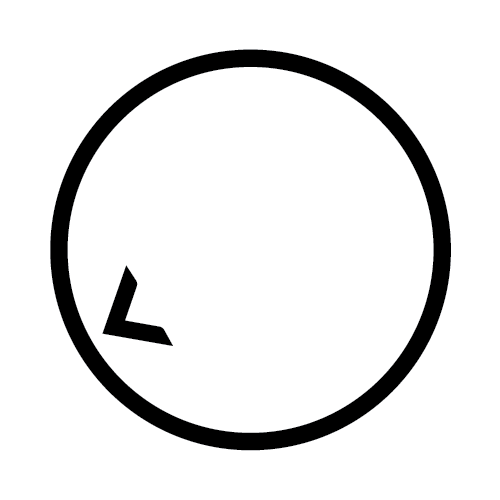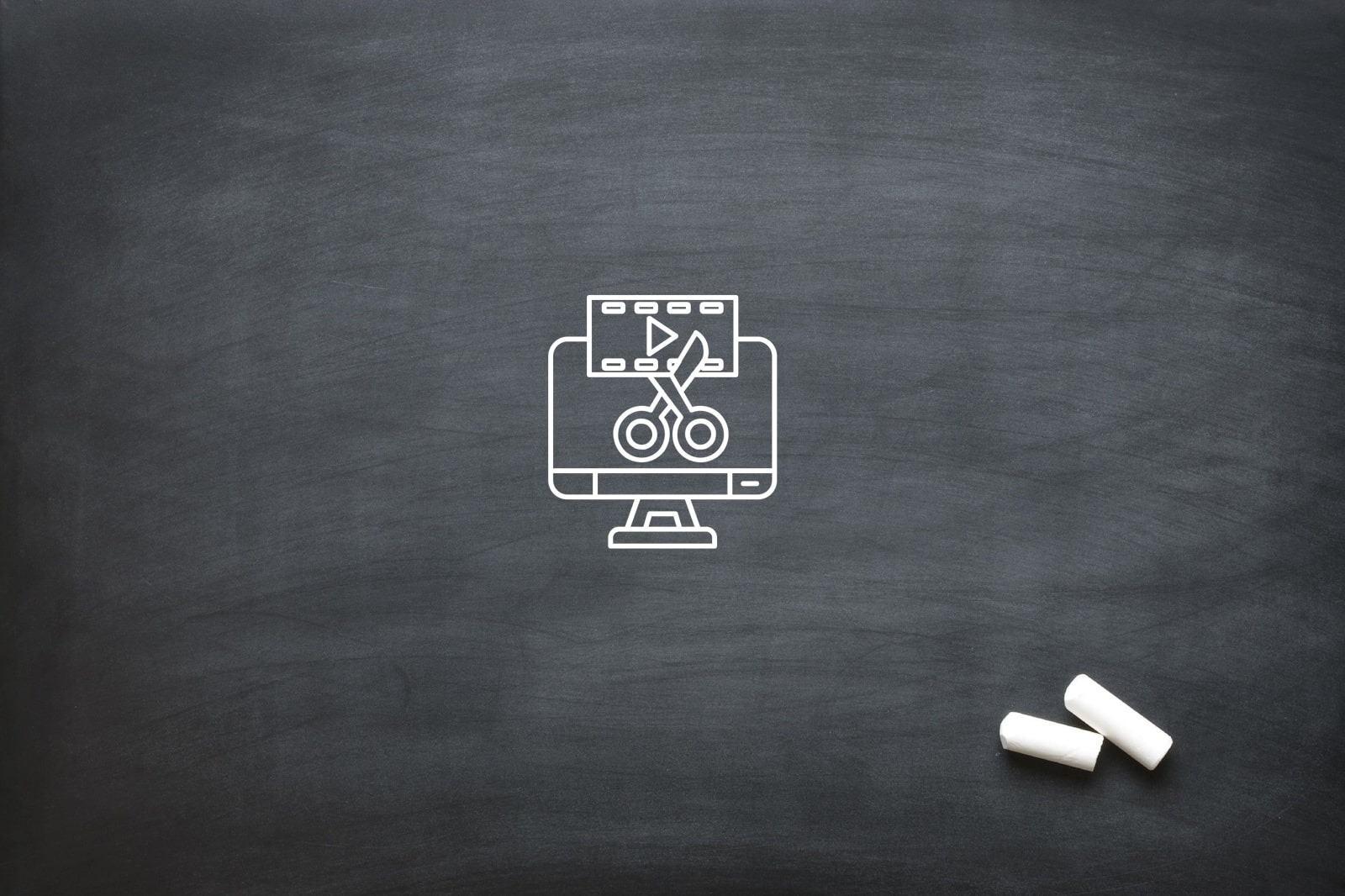
3D Animators: Workflows in Film and TV
3D animation is one of the most dynamic forces behind visual storytelling in both cinematic and episodic productions. While the core skillset remains similar across industries, the workflows in film and television diverge significantly. These differences are shaped by production goals, timeframes, technical requirements, and audience expectations. For 3D animators, understanding these workflows can unlock more efficient collaboration and better creative results.
Film and TV each demand a unique approach. Film emphasises visual grandeur and polish, allowing animators more time to perfect scenes. TV, on the other hand, values speed, consistency, and scalability over long periods and multiple episodes. For 3D animators, mastering the nuances of both workflows provides an edge in today’s competitive animation landscape.
Pre-Production: Laying the Creative Blueprint
Pre-production sets the stage for how a project will unfold. In film, it is a deep, carefully structured process. This includes detailed storyboarding, animatics to establish timing and pacing, and high-concept art that defines the visual tone. Directors, producers, and animators collaborate early on, ensuring character arcs and motion language are tightly aligned with the narrative vision. For 3D animators, this stage is an opportunity to plan ahead, anticipate rigging challenges, and design expressive movement.
In television, pre-production must move faster. Tight deadlines mean shorter planning phases and faster turnaround on storyboards and concept art. Visual consistency becomes the priority, especially in long-running series. This often means leaner pre-production documents and an increased reliance on templated rigging or reused assets. For 3D animators, the ability to interpret simplified references and still produce compelling animation is a vital skill in this context.
Pipeline Structures: Linear Flow vs Parallel Demands
Film animation typically follows a linear pipeline. Pre-production transitions into modelling, rigging, layout, animation, lighting, and finally, rendering. Each department hands off to the next, creating a well-defined production line. For 3D animators, this means dedicated time blocks for each stage of animation—from blocking to final polish—without needing to manage competing priorities.
In contrast, television operates with greater overlap. Episodes are often staggered across various phases of production at once. Animation may be underway on one episode while another is in layout or rendering. This creates a production ecosystem that requires more agility and cross-team coordination. 3D animators in TV must be comfortable multitasking, adapting their workflow across multiple concurrent episodes, and addressing feedback rapidly to keep up with the schedule.
Animation Style and Visual Fidelity
In film, animation fidelity is often pushed to its highest limits. Character models are detailed, skin and hair simulations are sophisticated, and movement is highly nuanced. Cinematic realism or stylised exaggeration is built with care, and 3D animators have the time and tools to refine every motion. This requires an advanced understanding of anatomy, timing, and emotional subtlety.
Television animation, by necessity, trades some fidelity for efficiency. While quality is still a priority, the style is often simplified to allow faster production. Repetitive animation cycles, motion libraries, and fewer blend shapes are common. The challenge for 3D animators is to maintain character appeal and emotive expression within tighter resource constraints. Creativity within boundaries is the hallmark of great television animation.
Frame Rates and Timing Considerations
Frame rate plays a fundamental role in how animation is executed. Film typically uses 24 frames per second, giving it the iconic cinematic feel. This consistency supports smooth movement and gives 3D animators a precise frame count to work within when crafting subtle gestures or dramatic action sequences.
Television may also use 24 fps, but depending on production goals, lower frame rates can be used to save time and costs—especially in web-based or children’s programming. Animators must therefore make choices about where to economise motion and where to invest detail. Effective timing ensures that even with fewer frames, the animation remains readable and impactful.
Real-Time vs Pre-Rendered Outputs
Both film and television rely on pre-rendered animation. This allows for detailed lighting, shading, and post-processing, all essential for achieving professional visual quality. In film, render times can extend to several hours per frame, especially when advanced simulations or complex environments are involved. 3D animators in film benefit from this time buffer, allowing their work to be refined and layered with depth.
In television, rendering time is at a premium. Turnaround must be fast, meaning render settings are often optimised for speed. This might mean lighter shadows, reduced simulations, or simplified shaders. For 3D animators, this affects how much detail they can expect to see on screen, requiring awareness of what visual elements will remain intact through post-production.
Motion Capture: Different Degrees of Integration
Motion capture (mo-cap) has become standard in high-end animation, especially in film. It allows actors’ performances—both physical and facial—to be recorded and mapped directly onto digital characters. This helps 3D animators build authentic, human movement into their work and provides a solid foundation for emotional storytelling. Once captured, the data is often refined and enhanced to fit the artistic style of the project.
Television uses motion capture more selectively, usually in premium productions or pilot episodes where time and budget allow. Most episodic work still relies heavily on hand-keyed animation. However, as technology becomes more accessible, mo-cap is slowly becoming more common in television pipelines. 3D animators skilled in both mocap cleanup and keyframe techniques are especially valuable in hybrid productions that require both speed and performance fidelity.
Whether your project calls for cinematic realism or efficient episodic storytelling, our team of expert 3D animators at Oliver Karstel Creative Agency is ready to help. We offer creative and technical solutions tailored to your goals, timelines, and visual identity. Contact us to discuss how we can bring your story to life with precision, creativity, and impact.






